
Avoid Overwatering Your Orchid
Overwatering is one of the most prevalent errors made by orchid enthusiasts. It primarily occurs when individuals assume that these delicate plants require constant moisture. However, overwatering can lead to various complications, including root rot, which can be detrimental to your orchid’s health. It is crucial to understand the signs of overwatering, which typically manifest through yellowing leaves, wilting, and mushy or blackened roots. Recognizing these symptoms allows orchid owners to take corrective actions before it’s too late.
To prevent overwatering, it is essential to develop a proper watering regimen. A general guideline is to water your orchid every one to two weeks, although this can vary based on environmental conditions such as humidity and temperature. A good practice is to check the potting medium’s moisture level before watering. You can do this by inserting your finger into the substrate; if it feels dry up to the first knuckle, it is time to water. If it is still moist, it is best to wait a few more days.
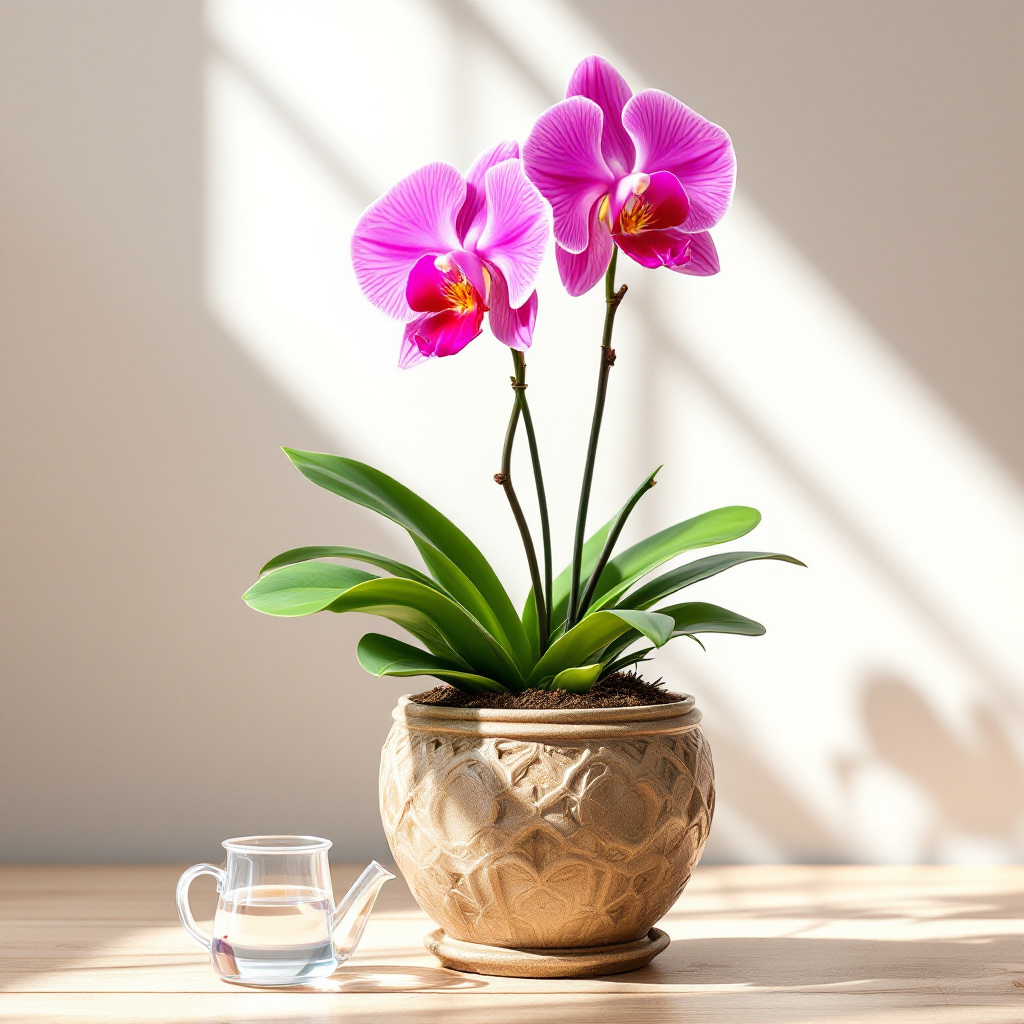
The type of water you use also affects your orchid’s health. Distilled or rainwater is preferable, as tap water may contain chemicals like chlorine or salt that can harm the plant. When watering, it is advisable to use a method that allows excess water to drain easily from the pot. Orchids thrive in conditions where their roots can breathe, thus ensuring they receive the right amount of moisture. Moreover, using pots with drainage holes is highly recommended, as they prevent standing water that leads to root decay.
By implementing these practices, orchid owners can maintain optimal moisture levels and foster a healthier environment for their plants to thrive.
Misting Your Orchid Properly
Misting orchids can be an effective method for maintaining the humidity levels these tropical plants require for optimal growth and blooming. However, it is essential to ensure that misting is done properly to avoid adverse effects such as mold or rot. The best time to mist your orchid is early in the morning or late in the afternoon when temperatures are cooler, allowing the moisture to hydrate the plant without causing excessive evaporation. Early misting can also help prepare the leaves to absorb the moisture throughout the day.
The frequency of misting largely depends on the humidity levels in your environment. In areas with low humidity, it may be necessary to mist your orchid daily. Conversely, in more humid conditions, misting can be reduced to every few days. A simple way to gauge the need for misting is to monitor the air moisture; using a hygrometer can provide precise readings, ensuring you can tailor your misting routine accordingly.
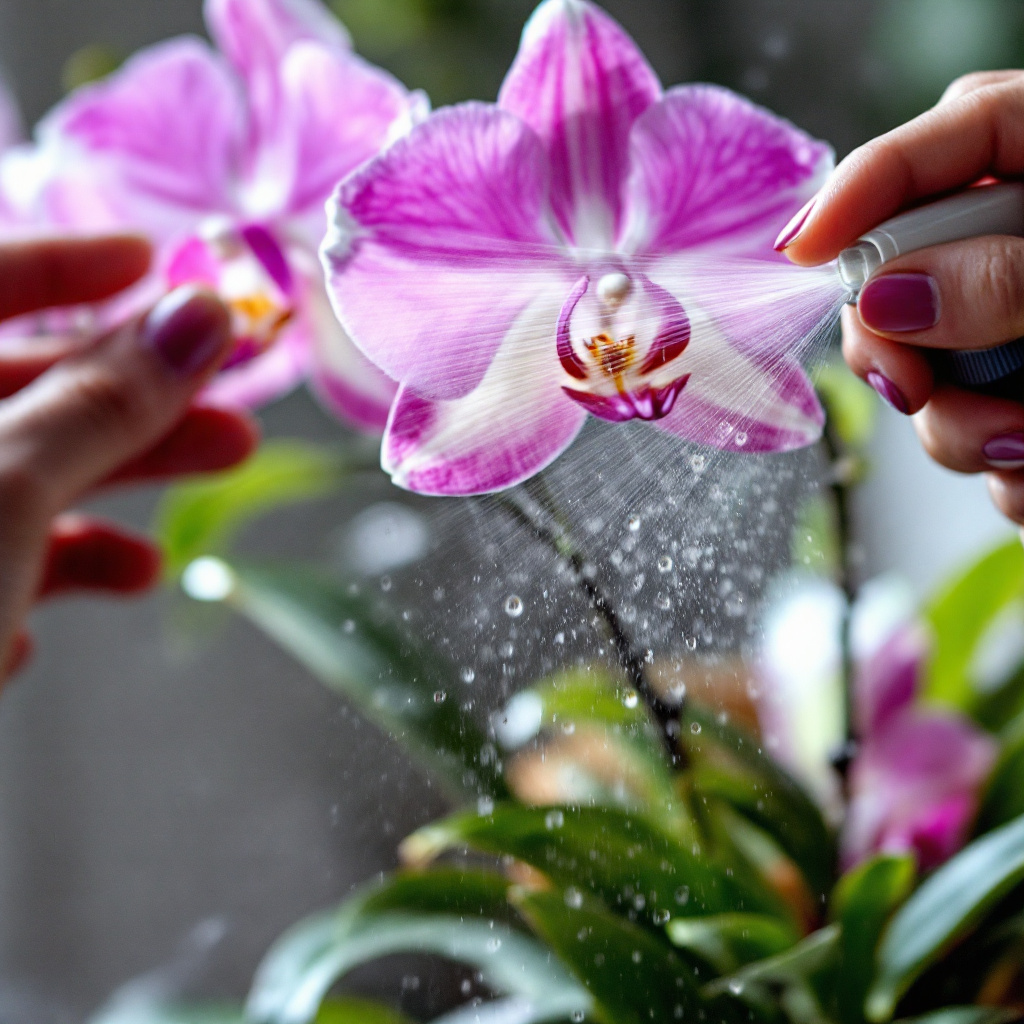
Humidity is a critical factor for orchids, as they thrive in conditions that mimic their natural tropical habitats. Misting helps create a microenvironment around the plant that retains moisture in the air. Additionally, consider the type of orchid you are caring for, as different species may have varying humidity requirements. For example, Phalaenopsis orchids benefit greatly from higher humidity levels, making regular misting a beneficial practice.
While misting is advantageous for maintaining humidity, care must be taken not to oversaturate the orchid’s leaves, especially in areas where sunlight reaches them directly. Excess water on leaves can lead to fungal infections or other issues if not adequately managed. Overall, when performed correctly, misting is an essential practice that contributes significantly to the health and vibrancy of your orchid.
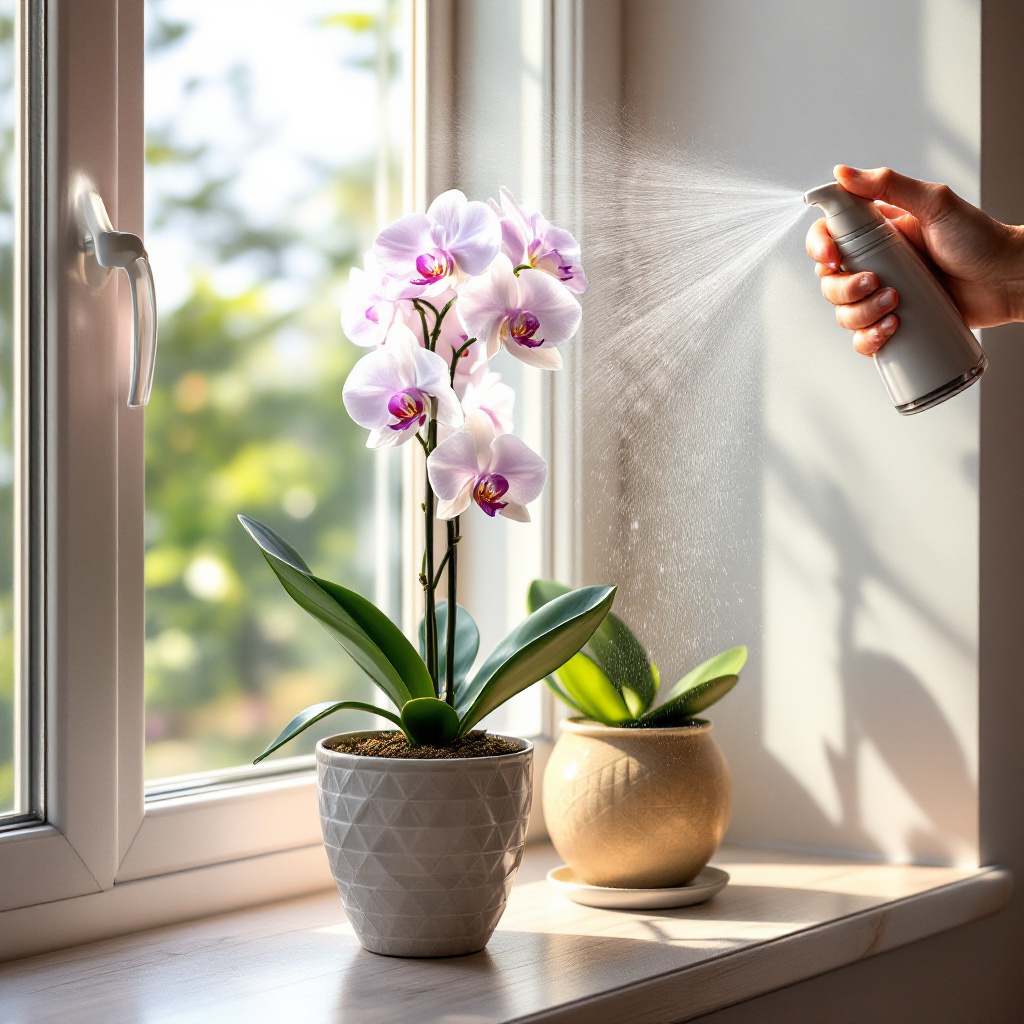
Monitoring Sunlight Exposure
Orchids, renowned for their breathtaking blooms and elegant foliage, thrive best in an environment where sunlight exposure is carefully controlled. While these tropical plants require an adequate amount of light to photosynthesize and produce their stunning flowers, excessive direct sunlight can lead to detrimental effects, such as leaf burn and overall stress. Consequently, it is crucial to strike a balance in this regard.
The ideal exposure for orchids generally falls within bright, indirect light. In many cases, placing them near a window that receives filtered sunlight is beneficial. For instance, sheer curtains can effectively diffuse sunlight, reducing its intensity while still allowing the necessary brightness. Typically, east-facing windows are preferred for orchids, as they provide gentle morning light, which is less intense than the harsh afternoon rays.
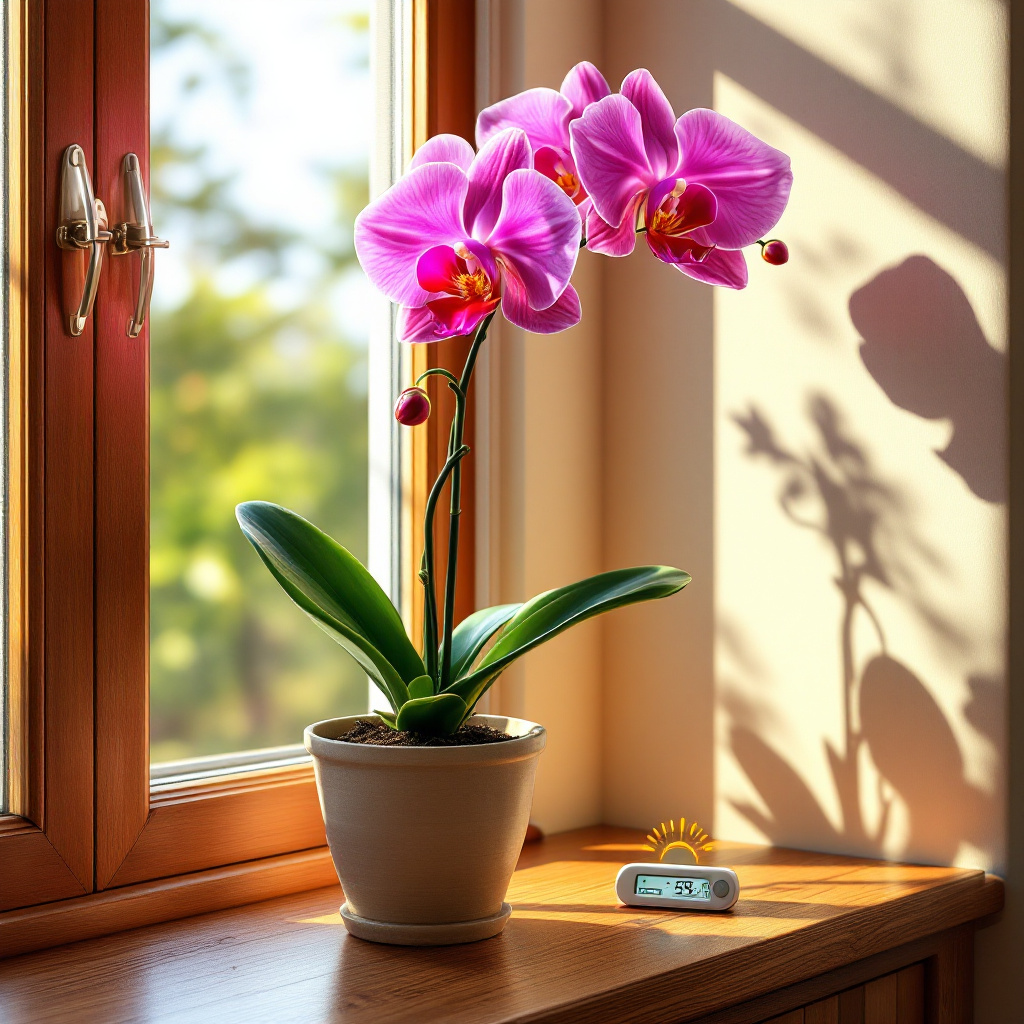
Artificial light can serve as a suitable alternative to natural sunlight, especially in regions that experience extended periods of cloud cover or during darker seasons. Specialty grow lights designed for plant growth can mimic the conditions of natural sunlight. When using artificial lighting, it is important to position the light source at the appropriate distance from the orchid to prevent overheating and to ensure consistent exposure.
Aside from the type of light, the positioning of your orchid is a factor worth considering. Orchids can benefit from being rotated periodically, allowing all sides of the plant to receive light evenly. This practice can encourage uniform growth and prevent the plant from leaning toward the light source. Additionally, monitoring the leaves regularly for signs of distress, such as yellowing or browning, can provide helpful insights into whether adjustments in sunlight exposure are necessary. With careful attention to these details, an orchid can thrive in a well-balanced light environment, fostering vibrant blooms and healthy growth.
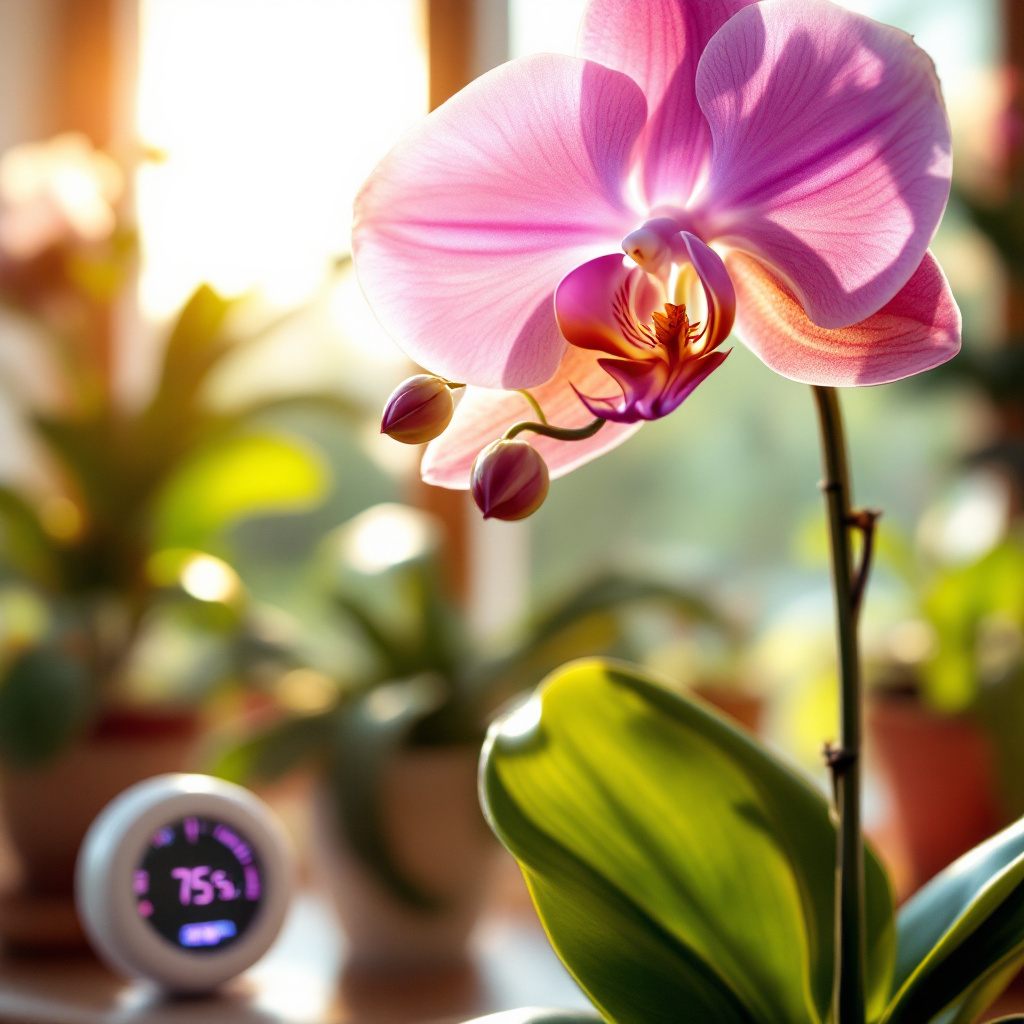
Choosing the Right Potting Mix
When cultivating orchids, one of the most critical considerations is the selection of an appropriate potting mix. Unlike typical houseplants, orchids do not thrive in conventional potting soil. Utilizing standard soil can lead to detrimental conditions such as root rot, as it retains too much moisture and lacks adequate aeration. Instead, a specialized orchid potting mix is essential for promoting the health and vitality of these beautiful plants.
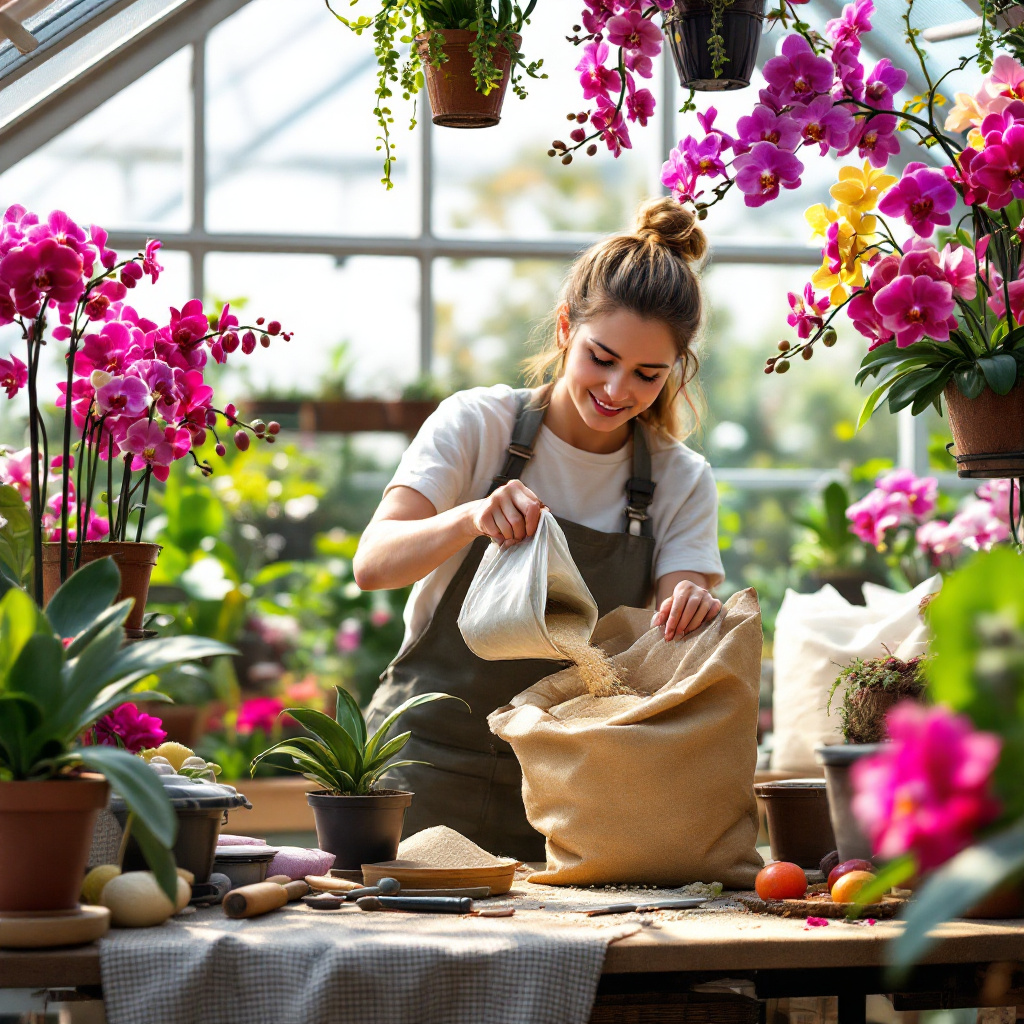
Orchid potting mixes usually comprise a blend of materials designed to provide optimal drainage and aeration. Common components include bark chips, sphagnum moss, perlite, and coconut husk. Bark chips, for instance, offer excellent drainage while also allowing air circulation around the roots. Sphagnum moss retains moisture without becoming waterlogged, thus preventing root suffocation. The inclusion of perlite or coconut husk further enhances aeration, making the mix suitable for healthy root development.
Repotting orchids is another vital aspect that should not be overlooked. Typically, it is advisable to repot orchids every one to two years, or when the potting mix shows signs of decomposition. Signs that an orchid needs repotting include visible roots growing out of the pot or a growth medium that appears compacted. During the repotting process, it is crucial to handle the plant delicately, ensuring minimal stress to the roots and foliage. Begin by gently removing the orchid from its pot and cleaning the roots of the old mix. Any damaged or dead roots should be pruned back to encourage new growth.

Finally, carefully place the orchid in a new pot filled with fresh potting mix, allowing the roots to spread out comfortably. After the repotting process, it is advisable to avoid overwatering to help the plant acclimate to its new environment. Choosing the right potting mix and following best practices for repotting will significantly enhance the health and longevity of your orchids.